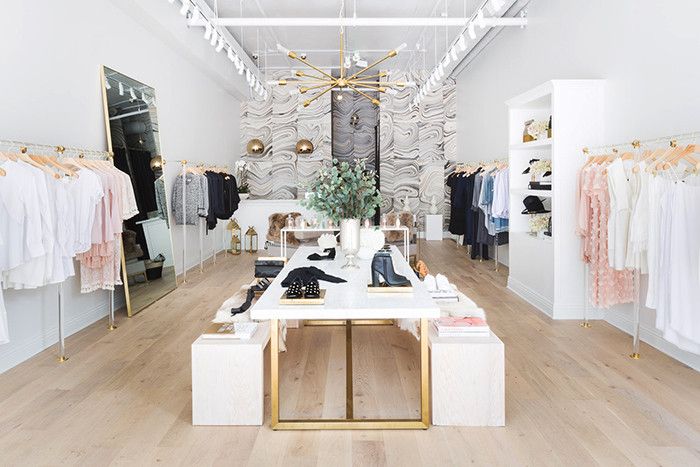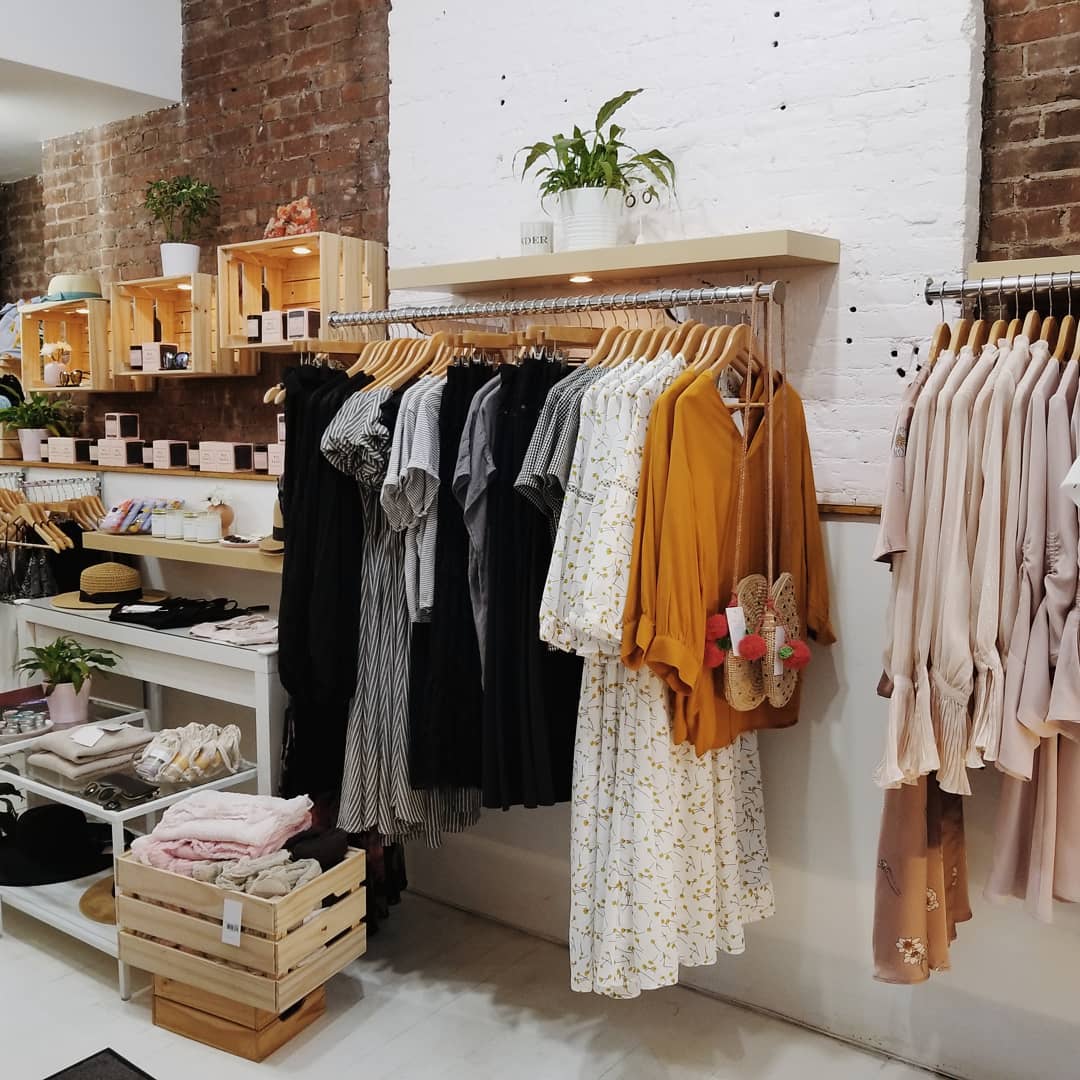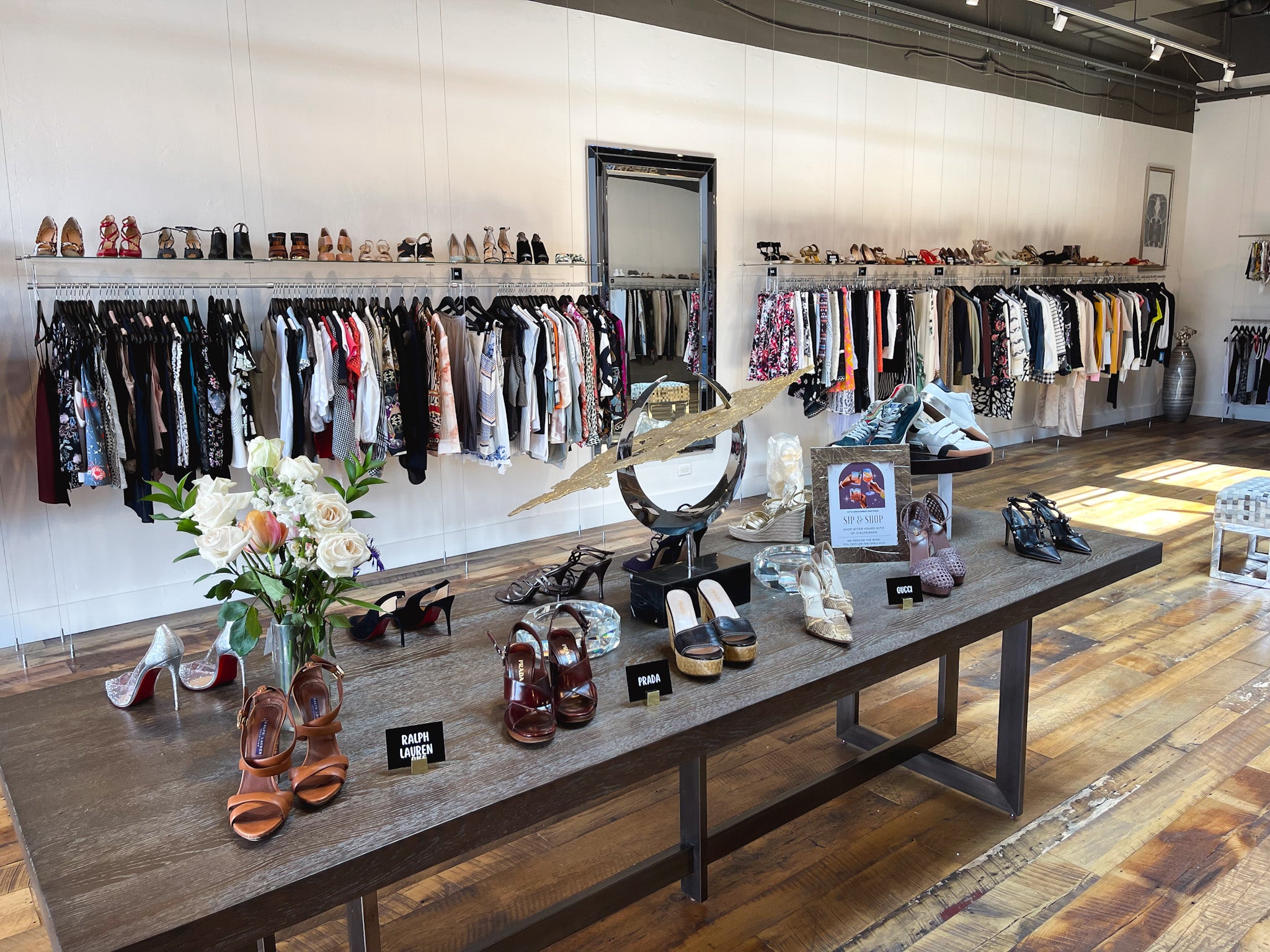A Deep Dive Into the World of High-Fashion Runways: Recognizing Apparel as Art
High-fashion runways have actually emerged as fields where apparel transcends its utilitarian origins, progressing into an innovative kind of artistic expression. Designers, similar to masterful artists, weave detailed stories with material, shade, and type, testing standard norms and redefining charm standards. These shows are much more than simple screens; they are immersive experiences, where every stitch and seam narrates rich with social value and progressive technology. As we check out these sartorial spectacles, we must ponder: what duty does style play fit societal worths, and how does it reflect the ever-changing tapestry of human feeling and identification?
The Development of Runway Shows
The trajectory of path shows has actually transformed substantially over the decades, advancing from special sector occasions to exciting eyeglasses that blend style with art. Traditionally, path programs were intimate affairs, kept in ateliers or little places, mainly participated in by buyers and industry experts. These early discussions concentrated on the garments' craftsmanship and business practicality, supplying a functional and straight display screen of seasonal collections.
As the style industry expanded, the nature of path shows began to alter. The 1970s and 1980s marked a turning factor, with designers looking for to differentiate themselves through more theatrical discussions. This era saw the rise of sophisticated sets, choreographed designs, and thematic stories, advertising a brand-new age where the runway came to be an experiential platform. The shows transformed right into a form of storytelling, where each collection conveyed an unique story or principle.
Recently, technology and social networks have actually additionally revolutionized runway programs, making them accessible to a global audience. Livestreaming and electronic platforms have democratized fashion, allowing enthusiasts worldwide to witness these events in real-time (boutique fashion). This development shows a broader cultural change, where high-fashion paths act as a vibrant crossway of design, advancement, and efficiency
Designers as Enthusiast Artists
Exactly how have designers transcended their functions to become visionary musicians? Designers in the high-fashion industry have actually obscured the lines in between practical garment development and the conceptual realm of art. This transformation is evident in the means they approach their collections, not simply as clothes but as extensive expressions of culture, identification, and emotion. By welcoming creative techniques such as sculpture, paint, and avant-garde installments, designers craft garments that challenge traditional style norms and raise them to art forms.
Visionary developers attract motivation from a myriad of resources, including abstract art, historical references, and individual stories. They possess an one-of-a-kind ability to envision and materialize concepts that press the boundaries of standard fashion, typically redefining visual paradigms in the procedure. This imaginative ingenuity is showcased with significant silhouettes, innovative products, and complex craftsmanship, which welcome viewers to experience fashion as more than just wearable products.
In addition, the path functions as a canvas for these musicians, where lights, music, and set style coalesce to produce immersive experiences. These presentations are not simply display screens of clothing but are orchestrated performances that evoke emotion and provoke thought, affirming the designer's function as a true visite site musician in the modern social landscape.
Cultural Impacts in Style
Cultural look at this now tapestry weaves its intricate patterns right into the textile of style, affecting designers internationally. The dynamic interchange of social stories, traditions, and symbols educates and motivates collections that poise high-fashion runways.
The influence of culture on style is typically seen in the reinterpretation of traditional garments and patterns. The usage of Japanese kimonos, Indian saris, or African prints in modern style mirrors a mix of social authenticity and modern visual appeals. Developers such as Valentino's Pierpaolo Piccioli and Alexander McQueen's Sarah Burton have been understood to incorporate abundant cultural themes right into their couture collections, translating background into wearable art.

Advancement in Material and Layout
Technology in textile and layout consistently reshapes the landscape of high-fashion, pressing borders and redefining opportunities. In the last few years, technical innovations have actually dramatically added to this evolution, introducing products that test standard assumptions. Textiles ingrained with wise fibers, capable of altering color or regulating temperature, are no more restricted to the realm of scientific research fiction. Designers are increasingly discovering the assimilation of modern technology, such as 3D printing, which permits for the production of complicated structures that were formerly inconceivable.
The style sector is observing a rise in the usage of environment-friendly materials, Read More Here obtained from recycled plastics, natural fibers, and even biodegradable parts. Designers are accepting these products to craft garments that are both aesthetically striking and mindful of their eco-friendly impact.
In regards to design, avant-garde shapes and speculative forms are constantly transforming the path. By integrating advanced techniques and non-traditional products, designers cultivate garments that blur the line between fashion and art, setting new requirements for imagination and expression in the high-fashion round.
Influence of Style on Culture
Style wields a profound influence on culture, functioning as both a representation of social identification and a catalyst for social change. With its advancement, style has actually mirrored societal changes, enveloping the zeitgeist of numerous periods. The flapper dresses of the 1920s symbolized a newfound feeling of women's liberation, while the strong prints of the 1960s resembled the advanced spirit of the time. High-fashion paths, specifically, act as systems for challenging standards and redefining appeal standards. Designers use these places to resolve pushing social concerns, from sustainability to diversity, thereby shaping public discourse.
Moreover, style has the power to bridge cultural spaces, promoting understanding and appreciation amongst diverse teams. As globalisation increases, the cross-cultural exchange of fashion concepts ends up being significantly significant, advertising inclusivity and diversity. The surge of streetwear, originating from city subcultures, highlights how style can transcend socio-economic borders, giving people a method of self-expression and empowerment.
Basically, fashion is not just regarding appearances; it is a dynamic pressure that influences values, perspectives, and societal progression (boutique fashion). By constantly interacting with social and social currents, fashion continues to be an integral part of the cumulative human experience

Verdict
High-fashion runways function as dynamic arenas where garments transcends capability to end up being an expressive art form. Developers, akin to visionary musicians, orchestrate collections that show identification, emotion, and social stories, testing conventional looks. The fusion of ingenious fabric and layout, combined with elaborate collection styles, lights, and songs, develops immersive experiences that celebrate multiculturalism. This junction of style and artistry not just captivates target markets globally however additionally affects social assumptions and advertises a deeper recognition for multiculturalism.

Social tapestry weaves its complex patterns into the textile of fashion, influencing designers globally.Fashion wields an extensive influence on society, offering as both a reflection of cultural identification and a driver for social adjustment.